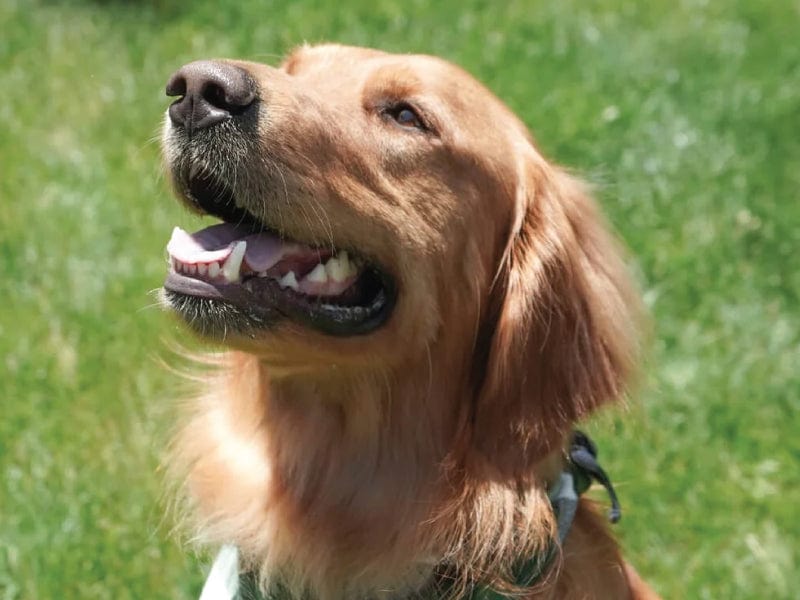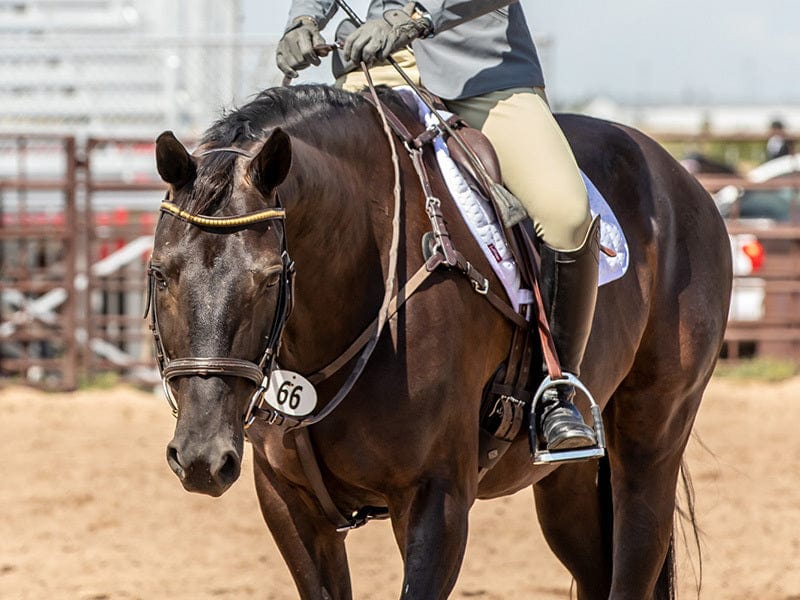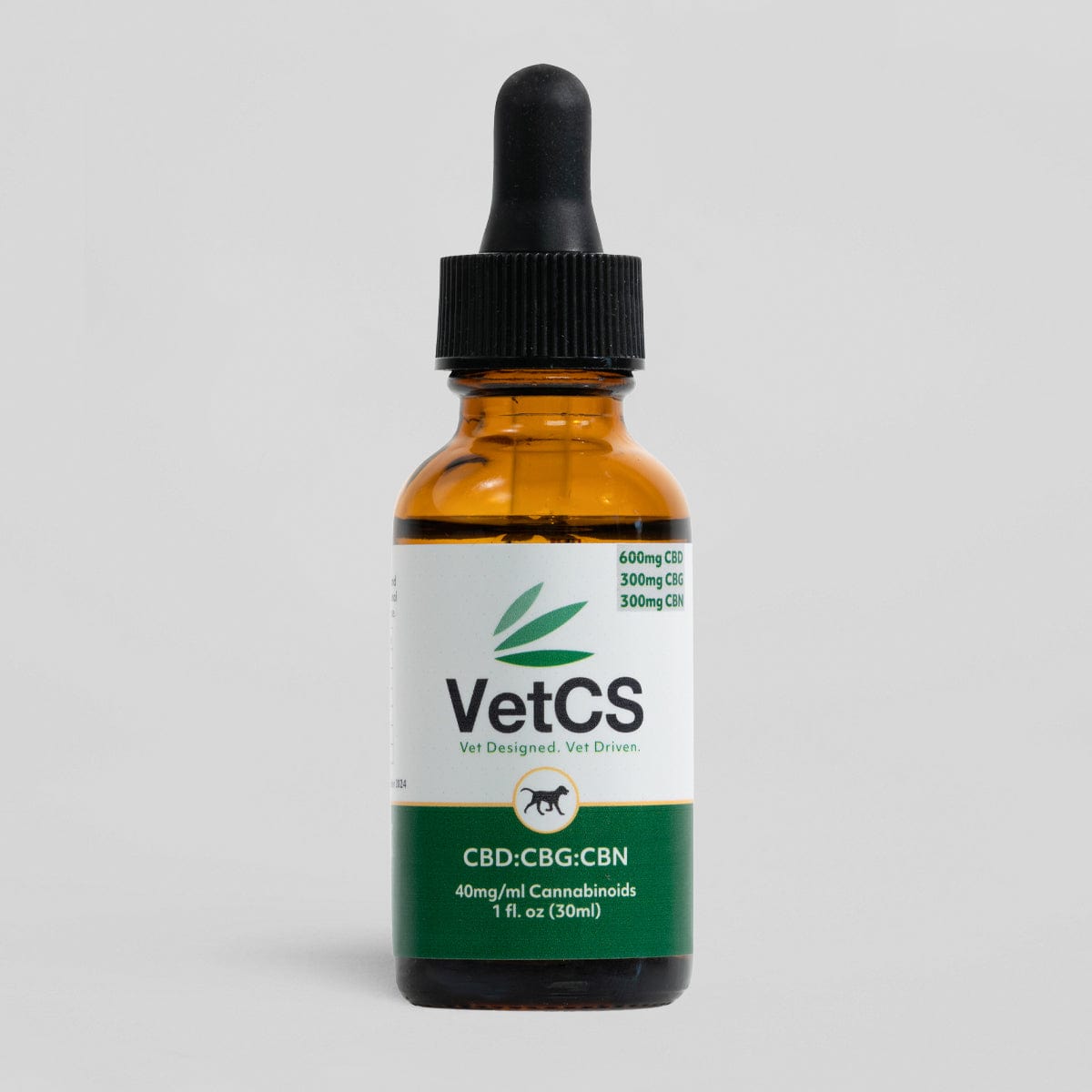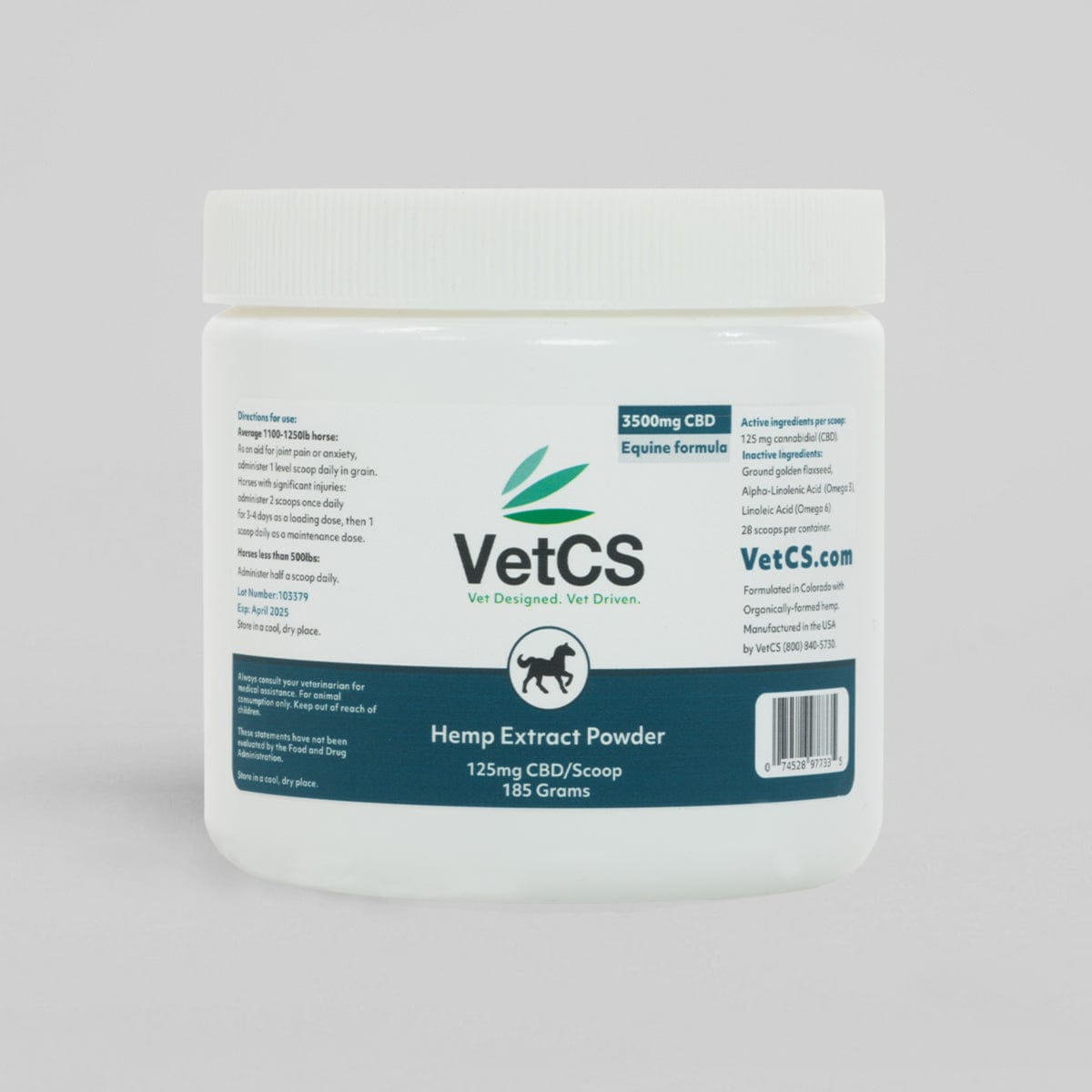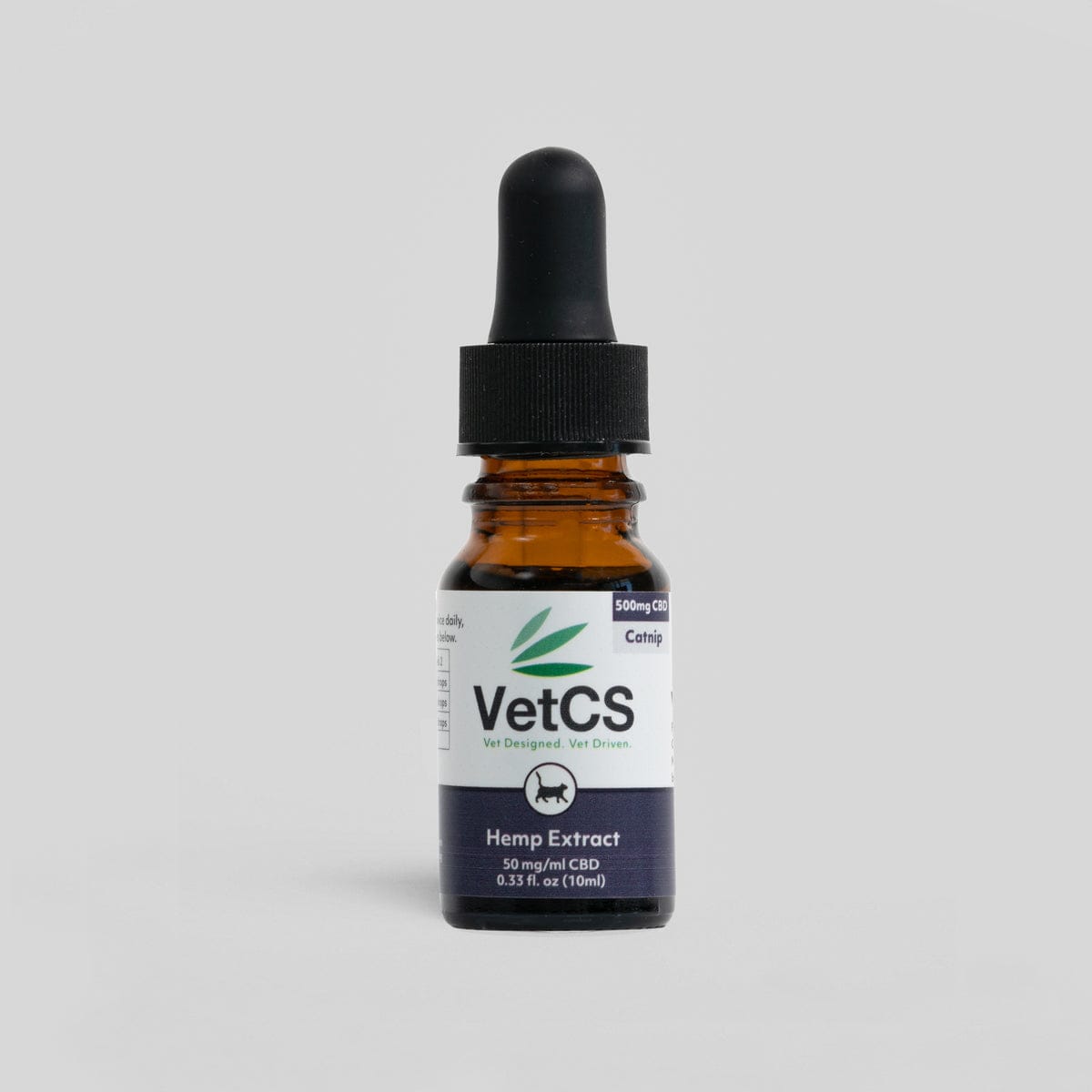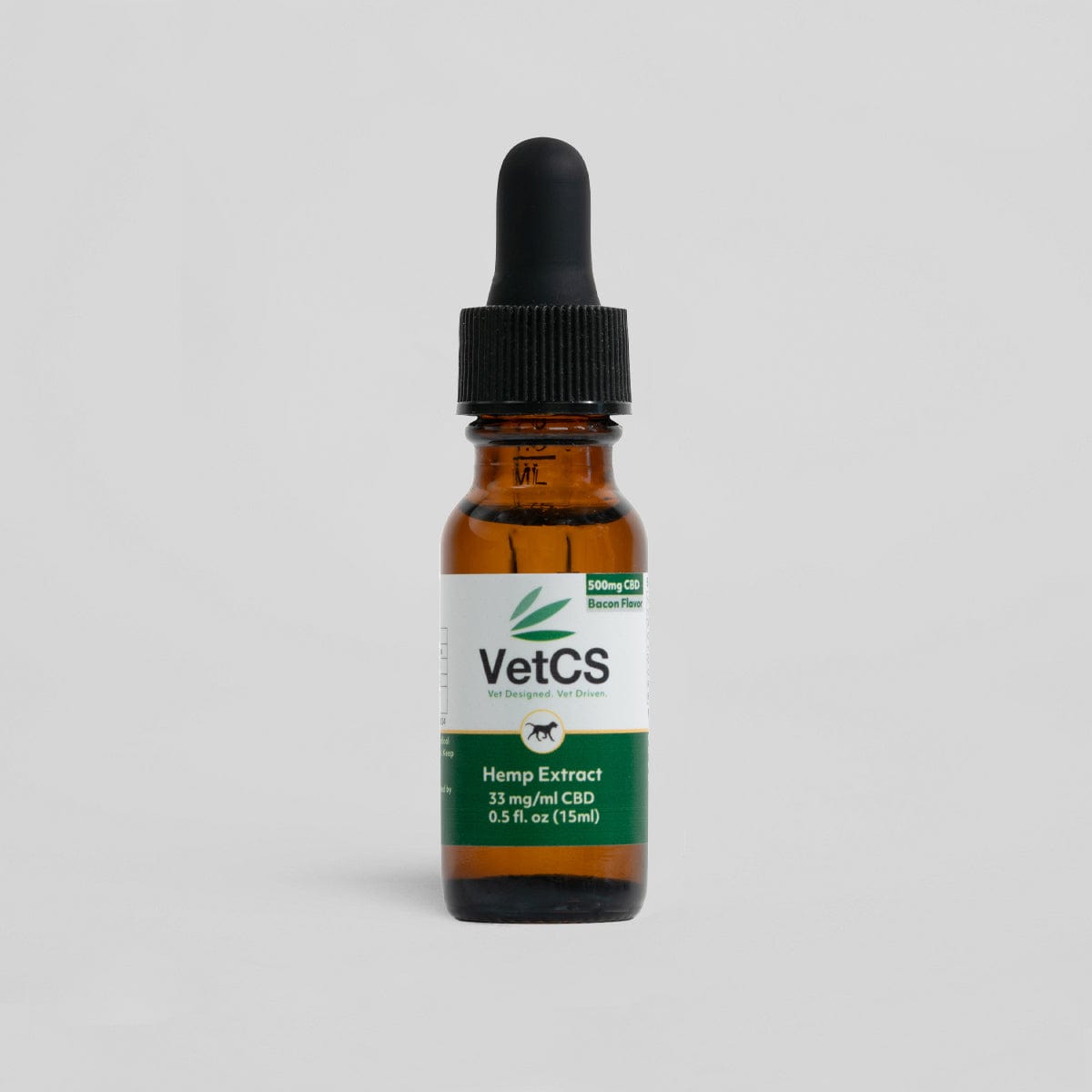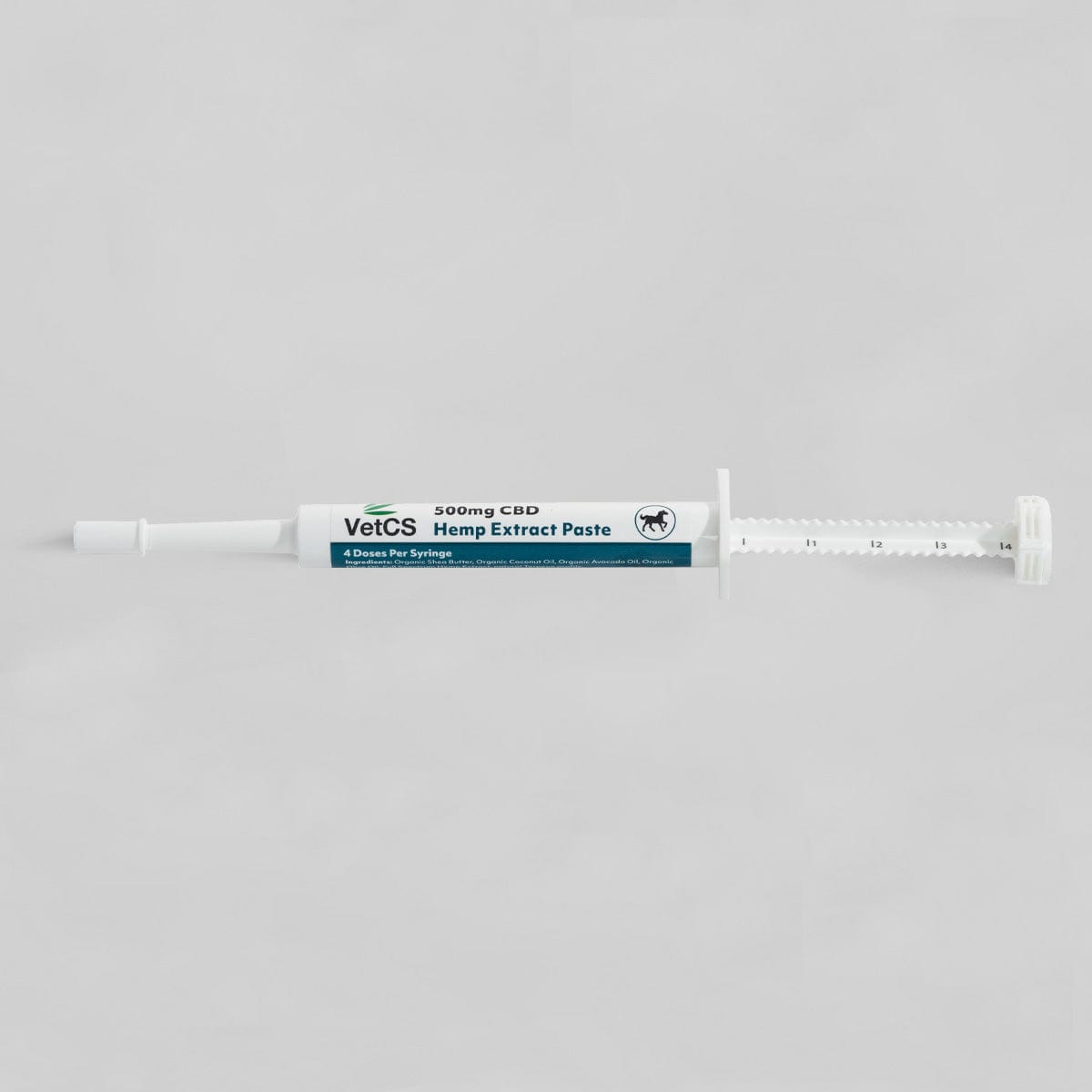
It’s crucial to stay prepared and have a comprehensive evacuation plan in place to ensure the safety of you, your pets, and horses. Here’s a detailed guide on how to prepare and execute an effective evacuation plan for your furry and equine friends.
1. Preparing for Evacuation
Develop an Emergency Plan:
- Identify Evacuation Routes: Familiarize yourself with multiple evacuation routes from your home. Practice these routes to ensure a smooth evacuation process.
- Safe Havens: Identify safe locations where you can take your pets and horses in the event of an evacuation. These can include friends’ or relatives’ homes, animal shelters, some veterinary clinics, or volunteer horse stables outside the danger zone.
Assemble an Emergency Kit:
- Essentials for Pets: Your emergency kit should include enough food and water for at least three days, bowls, leashes, collars with up-to-date ID tags, necessary medications, a pet first-aid kit, and hard copies or digital copies of vaccination and medical records.
- Comfort Items: If time and space allow, consider including a few of your pet’s favorite toys, bedding, and any other items that can help reduce stress during evacuation.
- Essentials for Horses: Your kit should contain extra halters, leads, medications, an equine first-aid kit, extra buckets for water, hay/grain, and a hard copy or digital copy of their veterinary records including current coggins and vaccine reports.
Ensure Identification:
Microchip and ID Tags: Ensure your pets and horses are microchipped and have up-to-date identification tags with your contact information. This greatly increases the chances of being reunited with them if you get separated.
2. During an Evacuation
Early Evacuation:
Act Quickly: Calmly and quickly evacuate as soon as you are advised to do so. Delaying evacuation can endanger both your life and your animals' lives, as wildfires can spread rapidly and can be unpredictable at times.
Safe Transport:
- For Pets: Use secure carriers if size allows, or sturdy/secure leashes and harnesses to prevent them from escaping out of fear. Keep pets calm and secure throughout the journey.
- For Horses: Have trailers ready for quick hookup for transporting your horses. If you have multiple horses, plan the order of evacuation and load them calmly to avoid injuries. If you don't have a trailer, consider organizing with local volunteers trailering horses to safe locations.
Safe Vehicles:
Ensure your own vehicle is in good working condition and has enough fuel.
3. If You Cannot Evacuate Your Pets
Notify Authorities:
Inform local animal control and emergency services of your situation, providing the exact location of your pets and horses and any relevant information to aid in their rescue.
Create a Safe Haven:
- For Indoor Pets: If you cannot evacuate, keep pets indoors in a secure room with closed windows and doors. Provide them with food, water, and their emergency kit items.
- For Horses: Move horses to the safest area possible, preferably a cleared paddock or field with minimal vegetation. Ensure they have all identification and access to water. Do not leave them confined in barns or stables in case they need to escape.
4. Returning Home
Assess the Environment:
Check for Hazards: Inspect your property for dangers such as hot spots, fallen power lines, and debris. Ensure the area is safe.
Monitor Animal Health:
- For Pets: Look out for signs of stress or trauma. If they display unusual behavior or appear unwell, seek veterinary care immediately.
- For Horses: Check for injuries, respiratory issues, or signs of stress. Seek immediate veterinary care if needed.
Gradual Reintroduction:
Ease Back into Routine: Gradually reintroduce your pets and horses to their home environment. Maintain their routine and provide familiar items to help them adjust.
Additional Resources and Support:
- American Red Cross: Offers shelter and services for evacuated families and their pets.
- Local Animal Shelters: Many shelters provide temporary housing and care for pets during evacuations.
- Veterinary Clinics: Some clinics may offer boarding and emergency care during crises.
- Community Networks: Join local social media groups for updates, support, and resources from fellow pet and horse owners.
Preparing for a wildfire evacuation is essential to ensure the safety of your pets, small animals, and horses. By following these guidelines you can enhance their chances of remaining safe and secure during such emergencies. Your preparedness today can make all the difference tomorrow. Stay safe, and be ready!




